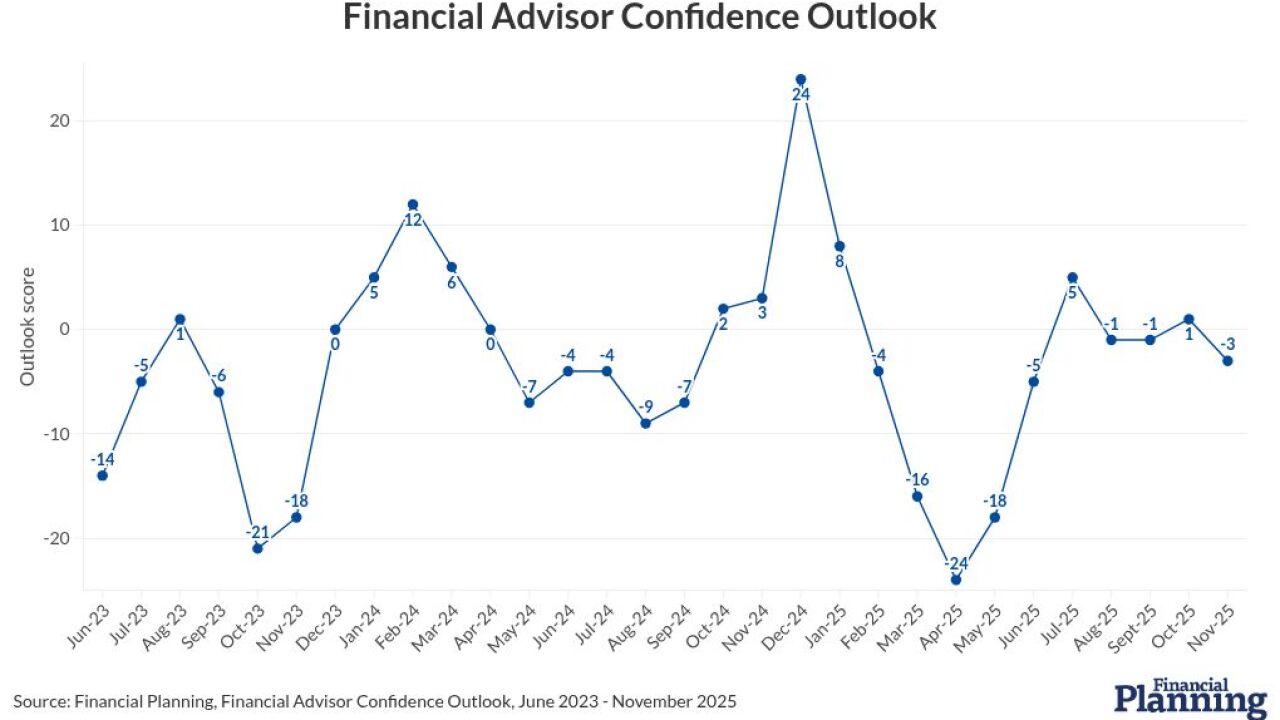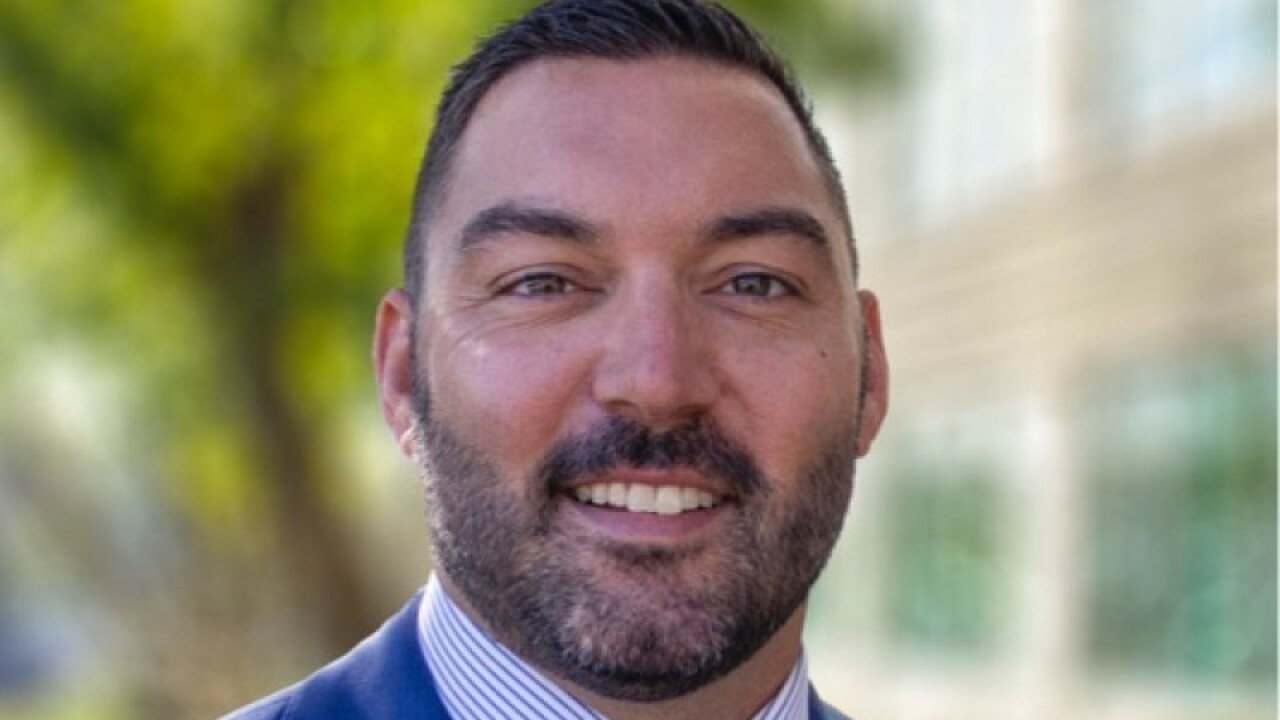For mutual fund and ETF providers, an effective communications plan is a necessity. This point, which is obvious to some and practiced successfully by few, is crucial because of the very nature of technology itself.
We live and work in an environment where, between the instantaneous power of social media to report (or distort) news about finance and the intense atmosphere among fund managers to best the competition, the lack of a voice - the absence of a marketing strategy - will leave a specific ETF vulnerable to poaching and the erasure of its identity, all due to the amount of noise about investing in general.
A simple Google News search for "ETF" proves this point, yielding more than 112,000 results. My analysis of this figure, based on my own work as an investor relations and public relations specialist, confirms my suspicions (about the media saturation involving ETFs) and complements many of my suggestions (about garnering positive press coverage, in the first place).
What these numbers also reveal - and this is where fund managers should pay close attention to the seriousness of this issue - is a predilection by reporters to write whatever they want about ETFs, unless fund managers educate, illuminate, disseminate and communicate essential facts.
If a journalist continues to quote the same sources, and if those individuals have a mediocre track record as fund managers, this phenomenon underscores an indisputable truth about marketing and communications. That is, reporters do not necessarily reference someone's performance as an investor, when citing that manager's commentary about the market or the economy as whole.
Rather, that fund manager seizes the chance to speak with media - he or she never forsakes an opportunity to opine about financial matters - which redounds to their benefit: They elevate their visibility, distribute this news to their investors and they use this exposure to attract other investors to their fund.
Put a different way, favorable press begets more favorable press, which wins the attention of investors. Those tactics offer a fund a degree of credibility other ETFs do not possess, despite better returns and more astute decisions about the structure of a particular portfolio.
The conclusive evidence to substantiate this statement, the 112,000 reasons for a fund manager to adopt a comprehensive marketing and communications blueprint, is to, well, survive.
Meaning: The volume of voices, the transfer of the cacophony of chaos on the trading floor, the shouts, screams and body language signaling everything from buy and sell orders to euphoria and despair - all of that is so much analog sound in a digital world of links, videos, comments, posts, tweets and pay per click advertising.
Only the right kind of marketing and communications can make survival probable, and success possible, in this new age of media and investing.
Articulating and Amplifying a Voice of Distinction: The ETF Roadmap
The practical way to actualize this opportunity - the methodical approach a fund manager can take with regard to capturing good media coverage - involves the following tactics:
* Contact Individual Reporters about Issues of Ongoing Importance: It is easy to find the names and contact information for reporters writing about ETFs. Or, it is simple enough to email someone affiliated with an outlet running stories about ETFs. If these issues coincide with a fund manager's specific area of expertise, and if that person wants to join this dialogue (as her or she should; as he or she must), then there is a duty to say something of interest. Give reporters news they can use, not self-promotional announcements or marketing boilerplate. Offer a voice, not an echo, which stresses economic data or monetary policies - anything of relevance - that a journalist should understand, but may not already know. In other words, add value to a conversation.
* Determine the Stories Reporters Should Cover: If a topic does not have any coverage that is not a sign of disinterest among the media. On the contrary, it may mean that the issue does not currently register on the radar screen, so to speak, for most reporters. It is critical for a fund manager to present this idea to journalists - pitch the story to writers - who are likely to appreciate reading about a forthcoming trend, a shift in investments or insightful analysis about various industries.
* Secure a Relationship with Reporters by Proactively Sending Good Copy: Once a working relationship develops between a reporter and a fund manager, build upon that union by regularly sending thoughts and ideas that appeal to that journalist. Every submission may not make the final cut - some or all of it may not overlap with that person's deadline - but the point is to be accessible and helpful.
These steps are necessary for translating a fund manager's voice into print, and reconfiguring it into so many ones and zeroes - the binary code of programming - that reconstitute themselves as sentences and paragraphs online. As sound bites, or as prophesies-adorned-as-proclamations, these words can be of lasting significance.
The duty to communicate - with clarity and conviction - is a serious one, indeed.
Patricia Baronowski-Schneider is the founder and president of Pristine Advisers, an investor relations/public relations/media relations firm headquartered in New York, with offices in London, Spain and Connecticut.





